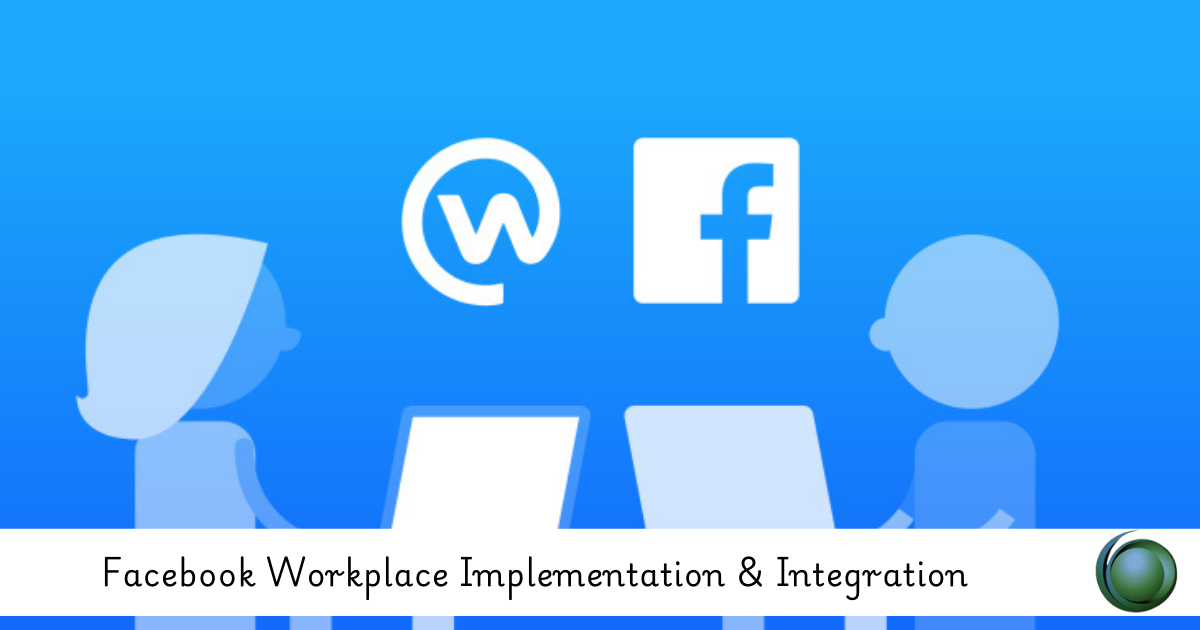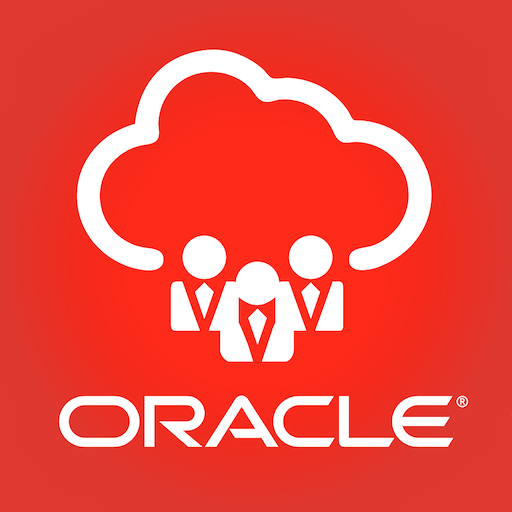Description
Introduction of Customizing Business Applications
As businesses evolve, so do their software requirements. Off-the-shelf business applications often need customization to align with specific workflows, processes, and objectives. This course, “Customizing Business Applications: Tailoring Software to Meet Business Needs,” is designed to provide participants with the skills and knowledge to customize and configure software applications to meet unique business demands. By learning about the different levels of customization—from user interface tweaks to complex workflow automation—participants will be equipped to tailor tools such as CRM systems, ERP platforms, and project management applications to better serve their organization’s needs.
Prerequisites of Customizing Business Applications
- Basic understanding of business operations and software applications.
- Familiarity with commonly used business applications (e.g., CRM, ERP, project management tools) is helpful but not required.
- No programming experience necessary, although it can be beneficial for advanced customizations.
Table of Contents:
- Introduction to Customizing Business Applications
- Importance of software customization in modern businesses
- Understanding the levels of customization: UI, workflows, automation, and API integrations
- Examples of business tools that allow customization: CRM, ERP, HRMS, and project management platforms
- Types of Business Application Customizations
- User Interface (UI) Customization: Personalizing dashboards, layouts, and visual elements
- Process Automation: Automating repetitive tasks and workflows
- Data and Reporting: Customizing data fields, reports, and analytics
- Integration with Other Systems: Using APIs and third-party plugins to extend functionality
- Customizing CRM Systems
- Overview of popular CRM systems: Salesforce, HubSpot, Zoho CRM
- Customizing contact fields, sales pipelines, and customer interactions
- Automating CRM workflows: Lead nurturing, email follow-ups, and sales forecasting
- Creating custom dashboards for sales and customer support teams
- Customizing ERP Systems
- Overview of ERP platforms: SAP, Oracle, Microsoft Dynamics 365
- Configuring modules for finance, supply chain, and human resources
- Customizing ERP workflows to align with specific business processes
- Using automation and integrations to enhance ERP functionality
- Customizing Project Management Tools
- Popular project management platforms: Trello, Asana, Jira
- Configuring custom boards, task lists, and progress trackers
- Automating task assignment and project notifications
- Integrating project management tools with other business systems (e.g., CRM, ERP)
- Business Process Automation
- Identifying areas for automation within software applications
- Tools for automating business processes: Zapier, Microsoft Power Automate, IFTTT
- Creating triggers, actions, and workflows to save time and improve efficiency
- Automating data entry, report generation, and notification alerts
- Customizing Reporting and Analytics
- Modifying data fields and creating custom reports
- Using business intelligence (BI) tools for advanced reporting: Power BI, Tableau, Qlik Sense
- Setting up automated reports and data visualizations to track KPIs
- Integrating reporting tools with business applications for real-time data insights
- Customizing HR and Payroll Systems
- Overview of HRMS and payroll software: BambooHR, ADP, Workday
- Configuring employee records, benefits, and leave management
- Customizing HR workflows: Performance reviews, onboarding, and payroll approval processes
- Ensuring compliance with local labor laws through system configuration
- Customizing Communication and Collaboration Tools
- Personalizing communication tools: Slack, Microsoft Teams, Zoom
- Creating custom channels, bots, and integrations for specific teams
- Setting up automated alerts and notifications for important communications
- Enhancing collaboration with integrations to project management and CRM tools
- Using APIs and Third-Party Integrations
- Introduction to APIs and their role in business software customization
- Popular platforms with API support: Salesforce, Google Workspace, Microsoft Dynamics
- How to connect and integrate third-party applications through APIs
- Best practices for secure and effective API use(Ref: Leveraging in Microsoft Excel from Basics to Advanced)
- Security Considerations in Customization
- Ensuring data privacy and security during customization
- Managing user permissions and access controls
- Protecting sensitive business data in customized applications
- Auditing custom workflows for compliance with industry standards
- Hands-On Exercises and Case Studies
- Customizing a CRM dashboard and automating a sales pipeline workflow
- Configuring an ERP system to manage inventory and procurement processes
- Setting up a custom reporting dashboard in a BI tool (Power BI/Tableau)
- Group project: Customizing a project management tool to fit a specific business scenario
- Managing and Maintaining Customizations
- Documenting and tracking customizations for future reference
- Best practices for updating and maintaining customized applications
- Ensuring compatibility with software updates and new features
- Case studies: How businesses have successfully implemented software customizations
- Emerging Trends in Business Application Customization
- The rise of low-code and no-code platforms for customization
- AI-driven automation and customization features in business applications
- Industry trends and future possibilities for hyper-customized business tools
- Preparing for the future: Leveraging emerging technology to meet evolving business needs
Conclusion
Customizing business applications is a vital skill for organizations that need to align their software with specific business processes. By mastering customization techniques, professionals can optimize their application environments, improving efficiency and user satisfaction. Whether through simple configuration changes or advanced integration, customization can make business software more relevant and functional for the organization’s needs. As businesses continue to evolve, the ability to adapt and customize applications will be a key factor in maintaining competitive advantage and ensuring that technology supports business growth effectively.







Reviews
There are no reviews yet.